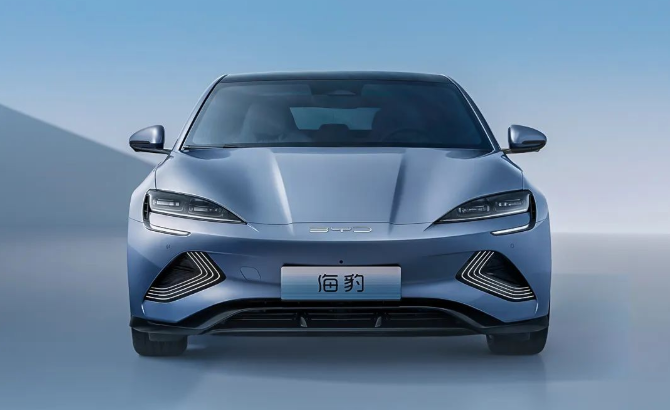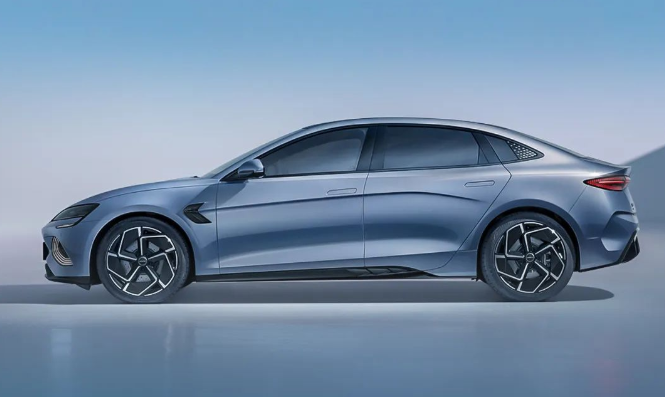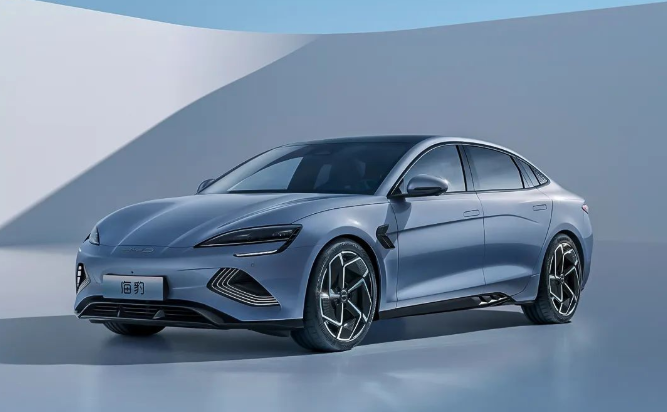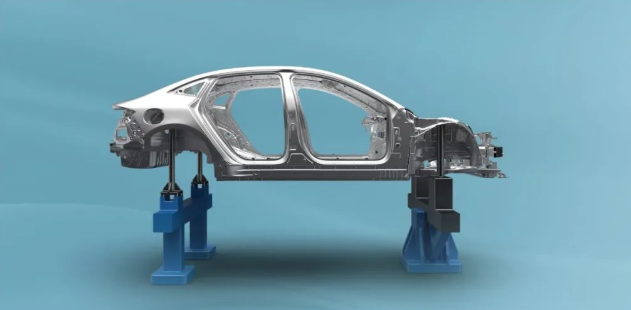BYD’s CTB-powered Seal said to hit market in mid-July
Shanghai (Gasgoo)- The BYD Seal, the second model from BYD's Ocean-themed EV family, is expected to hit the market on July 18, according to a local media outlet.
Presale of the model began on May 20. With four trim levels offered, the BYD Seal features a presale price range of 212,800 yuan to 289,800 yuan ($31,720-$43,190).

BYD Seal; photo credit: BYD
Riding on BYD's e-platform 3.0, the BYD Seal inherits the design language of the Ocean X concept. The slim headlights are inspired by the eyes of a seal. The closed-off grille and the front hood bulges accentuate a sporty essence of the vehicle.

BYD Seal; photo credit: BYD
With a sedan-coupe design, the BYD Seal features double creases on the side and pop-out door handles, which partly contribute to a super low drag coefficient of 0.219Cd.
At the rear, the small tail wing looks similar to a ducktail, further enhancing the sporty atmosphere of the vehicle. The taillight cluster adopts an in-vogue design that allows a light strip to run across the car's width.

BYD Seal; photo credit: BYD
The BYD Seal measures 4,800mm long, 1,875mm wide, and 1,460mm tall, with a wheelbase that spans 2,920mm.
The cabin features a wraparound design with a 12.25-inch full liquid crystal dashboard and a 15.6-inch adaptive tablet-style touchscreen, which carries BYD's latest DiLink intelligent in-car system.
The Seal comes with both rear-wheel drive (“RWD”) and all-wheel drive (“AWD”) versions. Notably, the AWD version has a CLTC-rated range of 650km and can achieve 0-100km/h acceleration in only 3.8 seconds, while the long-range RWD one features a CLTC range of up to 700km.

BYD CTB tech; photo credit: BYD
The BYD Seal is the first production model to utilize the company's CTB (cell-to-body) technology, which was launched on May 20.
The CTB technology can further integrate the battery cover and the body floor together, making the original battery pack's “sandwich” structure evolve into a "sandwich" structure for the complete vehicle. Thus, the power battery system is not only an energy part, but also a structural part. Such integration can simplify the car body structure and production process.
BYD said the body torsional rigidity of the CTB-armed all-electric models can easily exceed 40,000 newton-meter per degree, doubling compared to a conventional design.
Gasgoo not only offers timely news and profound insight about China auto industry, but also help with business connection and expansion for suppliers and purchasers via multiple channels and methods. Buyer service:buyer-support@gasgoo.comSeller Service:seller-support@gasgoo.com







